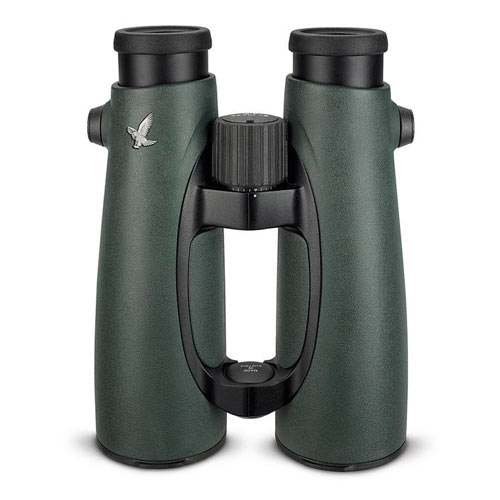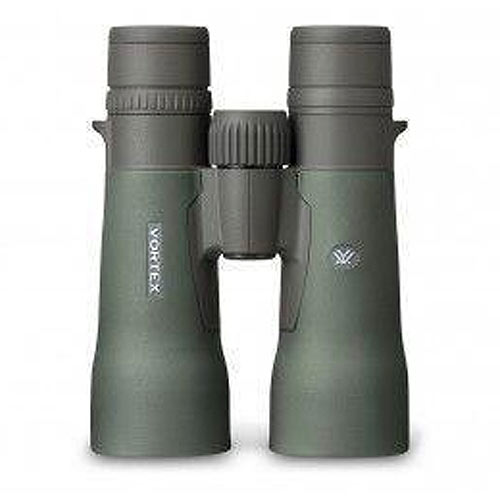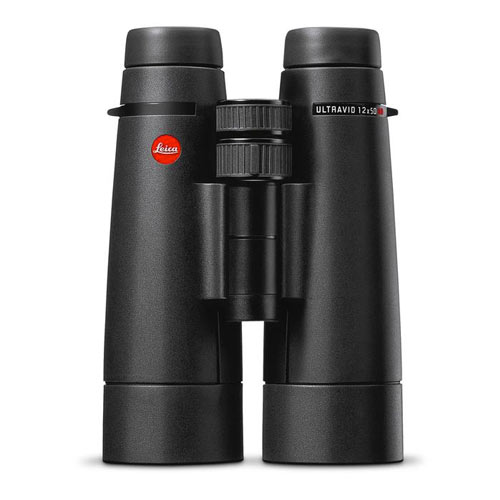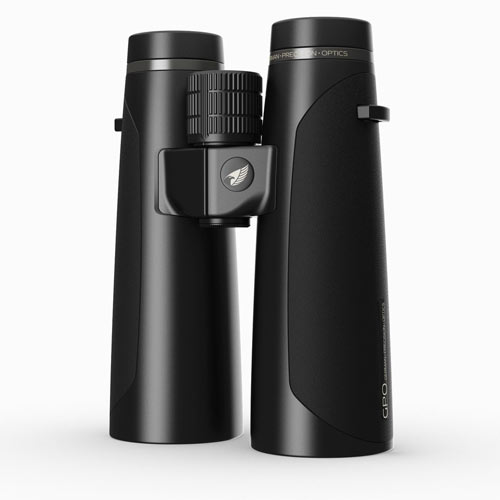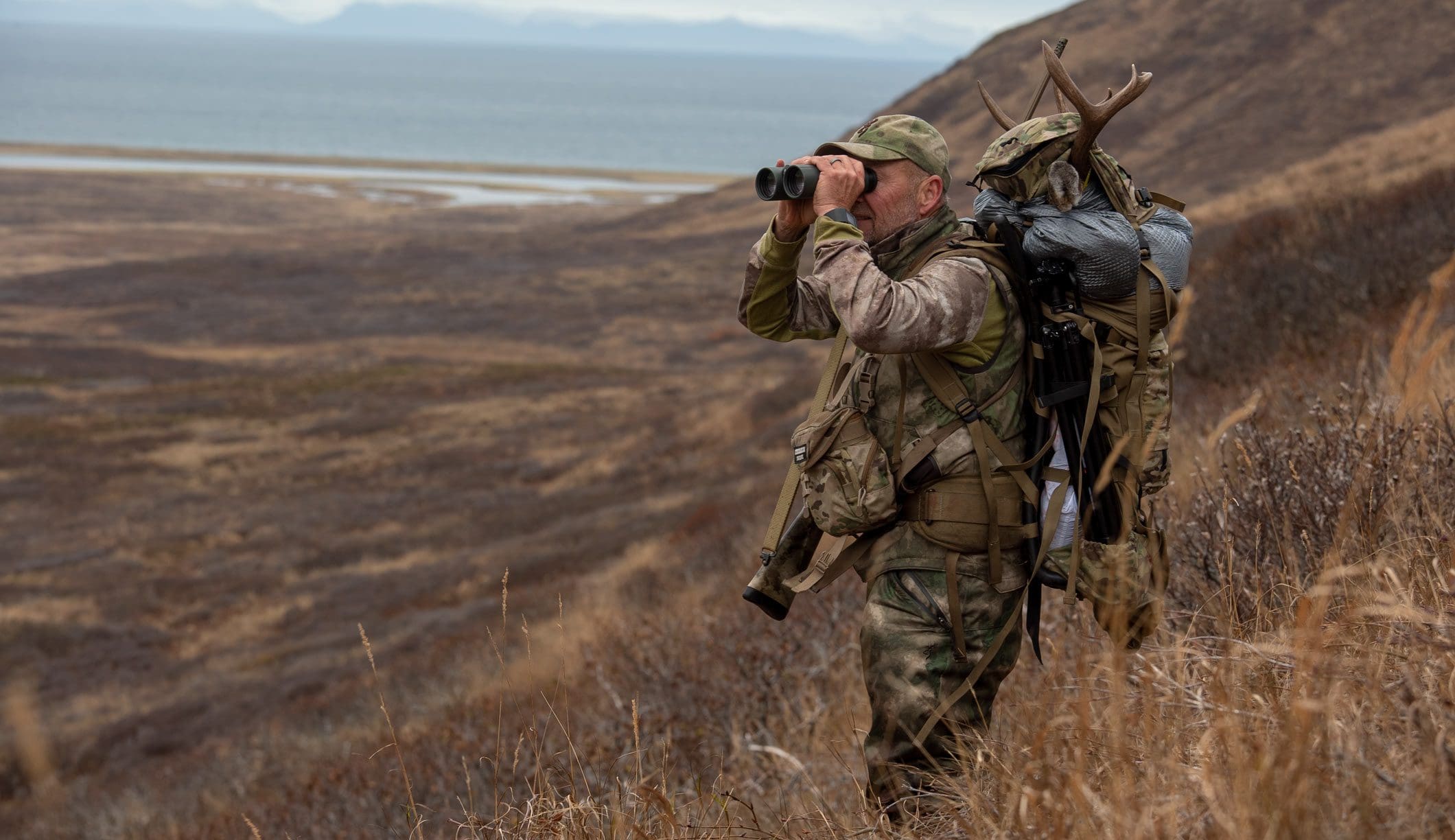
NOTICE: Certain links on this post may earn a commission for Western Hunter Magazine from Amazon or our other affiliate partners when you make a purchase. Thank you for your support.
The Versatility of 12x50 Binoculars
Before I switched to 12x50 binos, I packed a pair of 10x binoculars around my neck and a pair of 15x56 Swarovski’s tucked neatly in my pack. The theory was I needed the 10’s for close-up work and quick hand glassing, but once I reached my appointed spot, I would break out the 15’s, mount them on a tripod, and start digging into the details.
Then, one January, I was guiding with Dan Bishop of Cola Blanca Outfitters down in Mexico. He was using a pair of old Leica 12x50 BN. He was convinced that he could see just as many Coues deer with his 12’s as he could with 15’s and felt they weren’t too shaky when handholding. I wasn’t necessarily convinced and stuck with my two-binocular system for a few more years.
When Swarovski introduced the 12x50 EL, I gave them a run for some hunts, but I was still skeptical. Could I get away with 12’s on an archery elk hunt when there are many times I’m looking just a few hundred yards? Would I miss a deer feeding in the shadows over a mile away?
The only way to find out was to commit, so for an entire hunting season, the only binocular I carried was the 12x50 EL’s. At the end of the season, I was sold; not once did I feel like I had made a poor decision.
Of course, there are times when an 8x binocular in thick timber would be a better choice, and there are a few glassing knobs on which the 15x SLC’s would prevail. However, if don’t have a small fortune in binoculars, and want to have just one all-around binocular for western hunting, a quality pair of 12x50’s may just be the best choice you could make.
Fine Detail
The human eye and the visual processing center of the brain is a very complex and marvelous system. Believe it or not, only one percent of your total vision - or the area of a quarter at arms length - is actually in true focus and correct color at one time.
Think about it; when you’re reading a book, you have to move your eyes across the page in order to read it. You can “see” the entire page at once, but in order to process the details, you must focus on each word.
But while you’re focused on reading and your wife walks into the room, your peripheral vision picks up on her movement and you can “see” her as well. This is due to the fact that the remaining 99% of your vision is designed to pick up motion quickly so that the sabertooth tiger can’t sneak up on you and eat you. It‘s a survival thing.
Give and Take
The reason I mentioned these details is twofold. First, when you’re handholding a pair of binoculars, you can only effectively use 1% of the entire field of view. So, the difference between a 10x, 12x or 15x binocular really isn’t significant. Of course, the 10x will be a little easier, because it will be inevitably lighter and with the lower magnification there will be less perceived vibration.
Secondly, having a large field of view through a binocular increases the chance that you might catch that buck when he stands up for a midday stretch. This is where we need to talk about compromise between different power binoculars.
A typical 10x42 will offer about 330 feet of FOV at 1000 yards, while the average 12x50 is just under 300’; 15x binoculars are generally under 250’. So, while you may see a larger image at 15x, you can see more area at 12x, and even larger at 10x. This may all seem perfectly obvious, but it’s critical to think through what these numbers will represent in the field.
Within each optics company product offering, you might notice that more magnification usually means more money. One of the reasons for this is that if there are any imperfections within the binocular, the higher magnification will only make those problems bigger (no pun intended). So, there will always be a slightly higher rejection rate and more demand for strict quality control, which does drive up cost.
While the binoculars we review here may seem expensive, they’re worth it! Keep in mind, I’m advocating a one-binocular system over two pairs, so the net cost will be less regardless.
These binoculars were chosen because they represent the best 12-power binoculars currently available. Honestly, you wouldn’t be making a mistake in buying any one of these. I realize that even the Vortex Razor, at $1099, is still expensive, but given the life expectancy of any of these optics, it breaks down to a few dollars per year (that’s my story and I’m sticking to it).
I spent some time at the Outdoorsmans store and had the guys offer their thoughts on each binocular. We all had different opinions on the ergonomics, but I was truly surprised how much we differed on the optical properties. It was a testament to human variability and the need to form your own opinions based on your own experience.
Industry's Best 12x50 Binoculars
Swarovski 12x50 EL
When it came down to edge-to-edge clarity, the Swarovski’s were the clear winner. The majority of the testers agreed that the EL’s balanced well and were one of the easiest to handhold. If you want to mount them to a tripod, you’ll need to have the Outdoorsmans install one their bino studs or purchase their Bino Hand adapter ($89.99). The downside is the price - at $2869, they are the most expensive 12 power on the market.
 Vortex 12x50 Razor HD
Vortex 12x50 Razor HD
I’ve owned a pair of 12x50 Razor HD’s since they were first introduced. I’ve used them on multiple hunts over the years and have loaned them to many friends, and nobody has been disappointed in their performance. The center resolution is excellent, but each tester noticed some color fringing. Still, we agree that it would never cost us a deer in the field. The Razor’s seemed to be the hardest to handhold, which I attribute to the fact that they are the lightest pair in the test and the most compact. Both of these points could easily be a positive attribute as well. They are threaded for a center post for easy mounting to a tripod.
 Leica 12x50 Ultravid HD
Leica 12x50 Ultravid HD
As I mentioned, Leica was the first high-performance company to offer a 12x50 about 20 years ago, so kudos to them for having the vision. At 35 oz., the Ultravid HD was easy to handhold, and everyone agreed that their eyecups were extremely comfortable, which can make a difference on a long day. They are not threaded for a center post, so you’ll want to buy the Outdoorsman’s Bino Hand to mount them to a tripod.
 GPO Passion 12.5x50 HD
GPO Passion 12.5x50 HD
GPO may be a young company, but they are offering some very impressive optics for the dollar. The Passion 12.5x50 HD is an excellent example - at $1299 they offer excellent center resolution and color. As crazy as it may sound, I could tell the difference in the extra .5 power (12.5x vs. 12x) when reading road signs from a tripod. They balance nicely in the hand and are threaded for a center post adapter. About the only complaint our testers had was the diopter adjustment has hard click stops and some felt that they couldn’t get the perfect focus.


